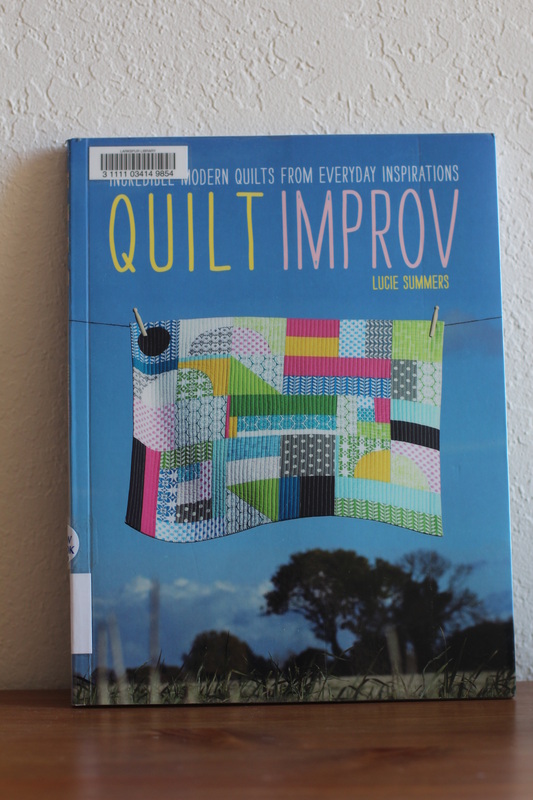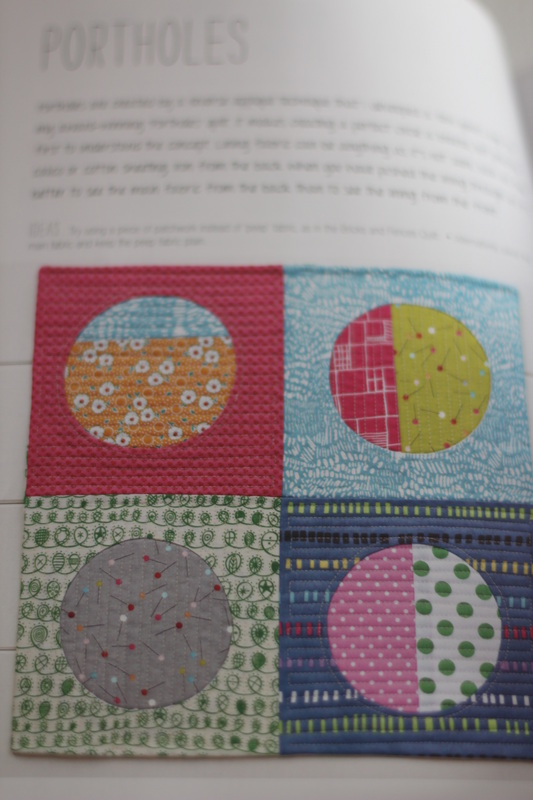After making my felt stuffed bird, I decided that she needed a perch. At the same time I was planning to create it, I happened to have in my possession a copy of Quilt Improv by Lucie Summers. One of the designs in the book is called "Portholes." It is a sort of reverse applique method, but I won't try to describe it here. I do recommend checking out the book since it has so many neat ideas and inspiring pictures. Part of my tutorial below is based on what I learned from this book.
Supplies:
Wood grain fabric
Dark lining fabric
Heavy weight interfacing (sew-in is fine, but fusible is stiffer)
Matching thread
Embroidery floss (optional)
Calculator (optional)
Next, use your rectangle dimensions to cut out a piece of wood grain fabric (making sure that the grain follows the height of your log and not the diameter) and a piece of lining fabric. For the interfacing, subtract the seam allowances and then trace the rectangle directly onto the interfacing. Cut the interfacing and set it aside for now.
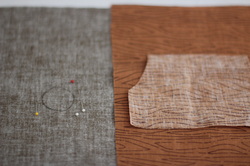
The picture here shows a circle drawn onto the wrong side of the liner fabric (left) and a scrap laid right sides together with the wood grain fabric (right).
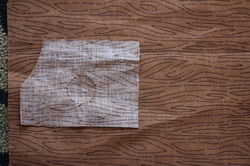
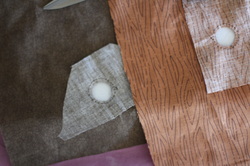
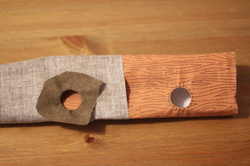
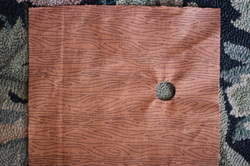
With the right side of your wood grain fabric facing up, fold the fabric in half so that the raw edges representing the height of your log meet up. Pin along the height and sew with a 1/2" seam allowance. Repeat for the lining fabric, but sew with a 5/8" seam allowance (this will help reduce some of the excess fabric that will result from it being the inside layer, which will inevitably have a smaller diameter than the outer fabric).
Roll the piece of interfacing into a log shape so that the edges representing the height meet up but do not overlap. Whipstitch the edges together snugly. Make sure to take enough of a "bite" with your needle so that the thread does not rip through the interfacing.
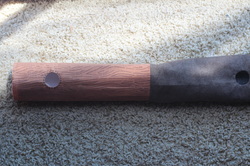
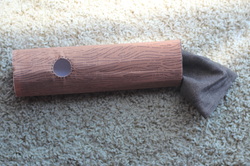
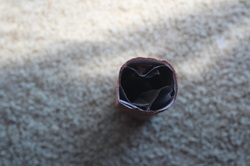
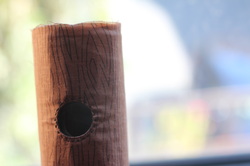
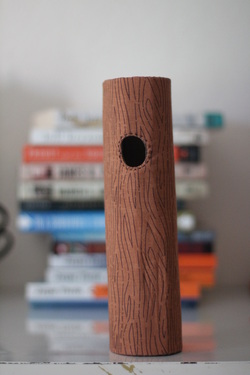
One of the great things about this hollow log is that it lays flat because of the seam in the interfacing. That means it won't take up much space in a toy box (so you can make lots of them!) and it can easily be tossed into a traveling toy bag and act as a prop in a game of imaginative play.

